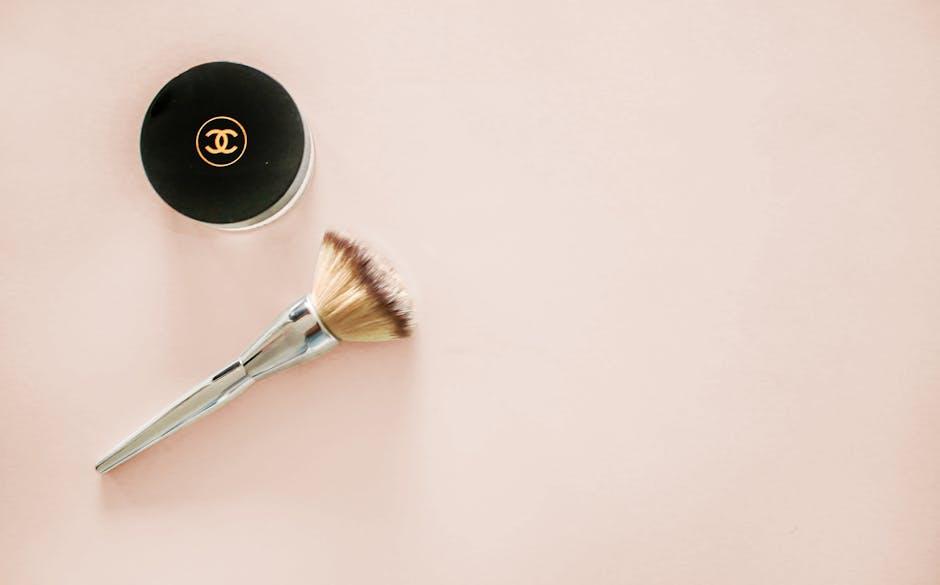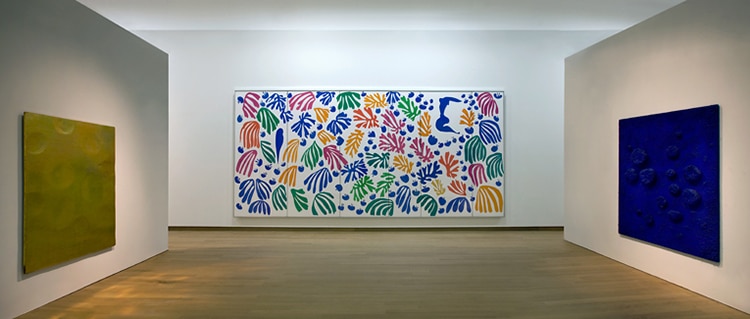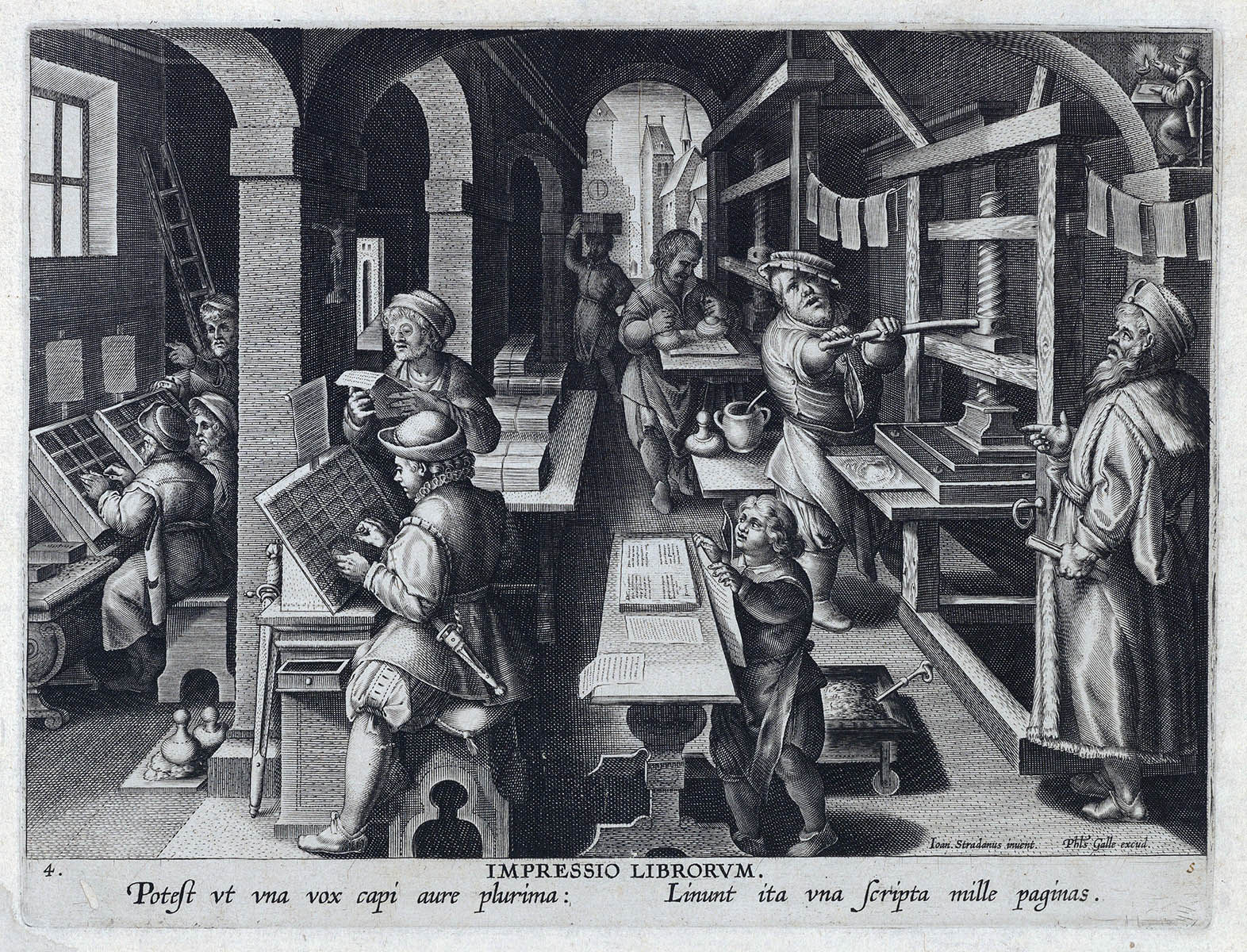
Once upon a time, logos were simple, timeless symbols that represented the heart and soul of a company. But as technology evolved and trends changed faster than a Kardashian marriage, logo design went on a wild ride from tradition to modernity faster than you can say ”Helvetica”. Join us on a journey through the twists, turns, and font choices that make up the evolution of logo design – from humble beginnings to eye-popping innovations. So grab your Pantone swatch book and hold on tight, because we’re about to dive headfirst into the colorful world of logos.
Origins of Logo Design
Ever wondered how logo design got its start? It all began way back in ancient times when cavemen realized they needed a way to distinguish their tribe from the Neanderthals next door. Here’s a glimpse into the quirky :
1. Cave paintings: The first logos were crudely drawn images on cave walls, serving as a way to identify which cave belonged to which tribe. These early designers were truly the OGs of logo creation!
2. Hieroglyphics: The ancient Egyptians took logo design to the next level with their intricate hieroglyphic symbols. From pyramids to pharaohs, they knew how to make a statement with their branding.
3. Medieval heraldry: In the Middle Ages, knights used coat of arms as their logos to showcase their bravery and noble lineage. Talk about using design to make a grand entrance!
Early Graphic Symbolism
was a strange and fascinating time in human history. Before emojis and GIFs, our ancestors had to rely on simpler forms of communication through symbols and imagery. Here are some interesting tidbits about this quirky period:
- Cavemen used crude drawings on cave walls to tell stories and communicate with one another. It’s like prehistoric Instagram, except with less filters and more stick figures.
- Ancient Egyptians loved their hieroglyphics, which were like the original emojis. Instead of a smiling face or thumbs up, they used symbols like an eye for “I’m watching you” or a bird for “I’m feeling free as a bird!”
- The medieval period was all about heraldry, with families using symbols like lions and shields to show off their status and lineage. It’s like they were playing a real-life game of “Guess Who?” but with more swords and armor.
So, next time you send a text message or post a meme, think about how lucky you are to live in a time where communication is easy and instant. may have been primitive, but it laid the foundation for the visual language we use today. Who knows, maybe in a few thousand years, archaeologists will uncover our memes and think we were a pretty creative bunch!

traditional-art”>Influence of Traditional Art
Traditional art has been shaping culture and society for centuries, and its influence cannot be underestimated. From ancient cave paintings to intricate tapestries, the impact of traditional art can be seen in every aspect of our lives.
One of the ways traditional art has influenced modern society is through fashion. Native patterns and designs have inspired couture designers to create stunning collections that pay homage to traditional techniques and styles. The fusion of old and new creates a unique and exciting blend that keeps fashionistas on their toes.
Traditional art has also made its mark in the world of interior design. Whether it’s handcrafted furniture or vibrant textiles, traditional art adds a touch of history and culture to any space. Mixing old-world charm with modern sensibilities is a surefire way to create a home that stands out from the crowd.
But perhaps the most profound is its ability to connect people across generations and borders. Art has a way of transcending language and cultural barriers, bringing people together in a shared appreciation for beauty and creativity. In a world that is constantly evolving, traditional art serves as a reminder of our past and a bridge to our future.

Industrial Revolution Impact
It’s safe to say the Industrial Revolution left a lasting impact on society. Let’s break down a few key ways this monumental period in history changed the world:
- Technological Innovation: The Industrial Revolution gave birth to countless inventions that revolutionized the way we live and work. From the steam engine to the spinning jenny, these technological advancements paved the way for modern conveniences we often take for granted.
- Economic Transformation: With the shift from agrarian societies to industrial ones, the economy experienced a massive overhaul. The rise of factories and mass production meant more goods could be produced at a faster rate, leading to economic growth and increased trade.
- Social Change: The Industrial Revolution also brought about significant social changes. The rise of urbanization and the factory system led to the growth of cities and the emergence of a new social hierarchy.
Overall, the impact of the Industrial Revolution cannot be understated. It set the stage for the modern world we live in today, shaping everything from technology to economics to our very way of life.

Transition to Modern Graphic Design
So you want to make the leap from old-school graphic design to the wild world of modern graphic design? Well buckle up, because things are about to get funky!
First things first, say goodbye to boring fonts and dull colors. Modern graphic design is all about making a statement and being bold. Experiment with different typefaces, mix and match colors, and don’t be afraid to push the boundaries.
Next, embrace the chaos of asymmetry. Gone are the days of everything having to be perfectly balanced. Embrace the beauty of asymmetrical layouts and designs that keep the viewer on their toes.
And last but not least, don’t be afraid to think outside the box. Modern graphic design is all about pushing boundaries and breaking the rules. So get creative, try new things, and most importantly, have fun!
Digital Age Innovations
The world has changed rapidly with the dawn of the digital age, and we are now witnessing incredible innovations that would have seemed like science fiction just a few years ago. Here are some of the most mind-blowing advancements that are shaping our future:
- Artificial Intelligence (AI): AI is no longer just a concept in movies like The Terminator – it’s a real, tangible technology that is revolutionizing industries across the board. From self-driving cars to virtual assistants like Siri and Alexa, AI is becoming an integral part of our everyday lives.
- Virtual Reality (VR) and Augmented Reality (AR): Remember when playing video games meant sitting on the couch with a controller? Now, thanks to VR and AR technology, you can be fully immersed in a virtual world or overlay digital information onto the real world. The possibilities are endless!
- Internet of Things (IoT): Can you imagine a world where your coffee maker talks to your alarm clock, and your fridge orders groceries for you? That’s the reality of IoT – a network of interconnected devices that communicate and automate tasks to make your life easier.
With these innovations and many more on the horizon, the future is looking brighter (and more high-tech) than ever before. So buckle up and get ready to ride the digital wave into a world of endless possibilities!
Impact of Globalization on Logo Design
Globalization has had a profound impact on logo design, shaping the way brands convey their identity to a worldwide audience. With companies vying for attention in a crowded marketplace, logos have become increasingly important in capturing the essence of a brand in a single image.
One notable effect of globalization on logo design is the trend towards simplicity and minimalism. Brands are opting for cleaner, more streamlined logos that can easily be recognized and understood across different cultures and languages. This shift towards simplicity can be seen in the logos of major corporations like Apple, Nike, and Starbucks, whose iconic designs have become synonymous with their respective brands.
Another way globalization has influenced logo design is through the use of color psychology. Brands are increasingly using colors strategically in their logos to evoke specific emotions and associations in consumers. For example, fast-food chains often use red and yellow in their logos to stimulate appetite, while eco-friendly brands may opt for green to convey a sense of sustainability and environmental consciousness.
Overall, the has been both challenging and exciting for designers. As brands seek to stand out in a global market, the role of logos in conveying brand identity has never been more important. With the power of a well-designed logo, a brand can leave a lasting impression on consumers and make a mark in the competitive world of global commerce.
FAQs
What sparked the transition from traditional to modern logo design?
Well, it all started when the ancient logo makers realized that hieroglyphics were no longer hip. They decided to ditch the papyrus and chisel and embrace the sleek lines of modern design.
How has technology influenced logo design evolution?
Technology has been a game-changer for logo design. With the invention of computers, designers were able to create logos in seconds rather than hours. Plus, with the rise of social media, logos needed to be adaptable across various platforms, leading to the minimalist and versatile designs we see today.
What are some key differences between traditional and modern logo design?
Traditional logos were all about intricate details and elaborate designs, while modern logos focus on simplicity and minimalism. Think of it like going from a Shakespearean play to a TikTok video – short, sweet, and to the point.
How do companies decide whether to stick with tradition or embrace modern logo design?
It’s like choosing between a classic black suit or a trendy neon jumpsuit – it all depends on the image you want to portray. Some companies stick with tradition to show stability and trustworthiness, while others opt for modern design to appeal to a younger, tech-savvy audience.
What are some examples of companies that successfully evolved their logos from tradition to modern?
Just look at Starbucks – they went from a literal mermaid to a sleek, modern siren. Or how about Pepsi, trading in their retro logo for a more minimalist look. It’s like watching a logo glow-up right before your eyes.
Any tips for businesses looking to update their logo from traditional to modern?
When in doubt, keep it simple. Less is more in the world of modern logo design. And don’t be afraid to take risks – sometimes a bold move is just what your logo needs to go from drab to fab.
Wrapping it Up
And that, my fellow design enthusiasts, brings us to the end of our journey through the evolution of logo design. From ancient hieroglyphics to sleek, minimalistic modern masterpieces, one thing is clear - logos have come a long way. So the next time you see a logo, take a moment to appreciate the creativity and innovation that went into its design. And who knows, maybe one day you’ll be the one pushing the boundaries of logo design to create the next iconic symbol of a brand. Until then, keep designing and thinking outside the box!











